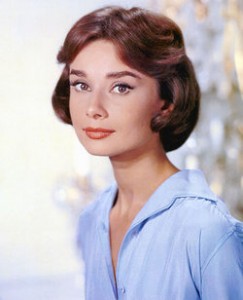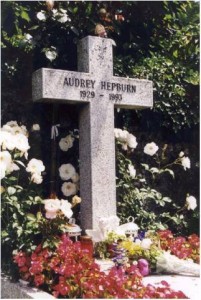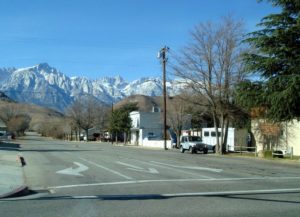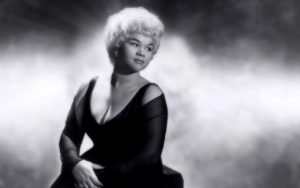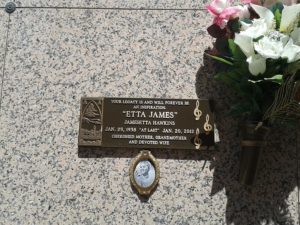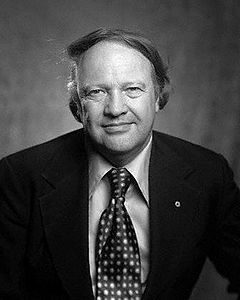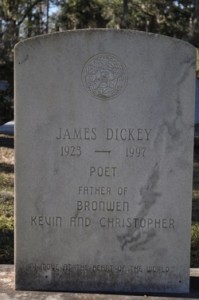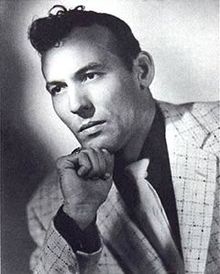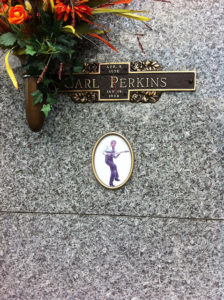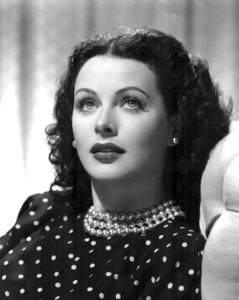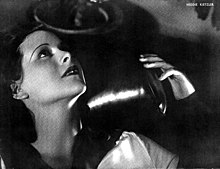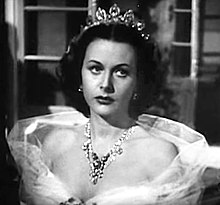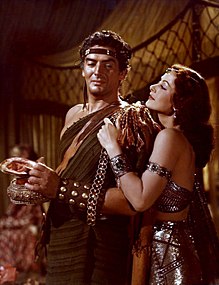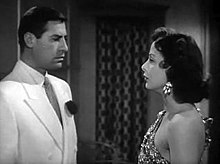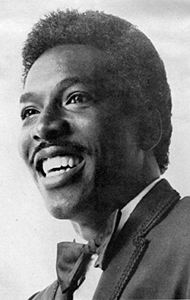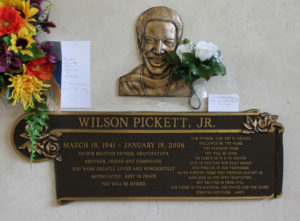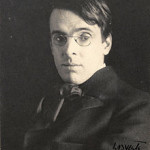 On this day in 1939, poet W. B. Yeats died at the Hôtel Idéal Séjour, in Menton, France at the age of 73. Born William Butlet Yeats in Sandymountt, County Dublin, Ireland 13 June 1865. In my opinion, one of the foremost figures of 20th century literature. A pillar of both the Irish and British literary establishments, in his later years he served as an Irish Senator for two terms. Yeats was a driving force behind the Irish Literary Revival and, along with Lady Gregory, Edward Martyn, and others, founded the Abbey Theatre, where he served as its chief during its early years. In 1923 he was awarded the Nobel Prize in Literature as the first Irishman so honoured for what the Nobel Committee described as “inspired poetry, which in a highly artistic form gives expression to the spirit of a whole nation.”
On this day in 1939, poet W. B. Yeats died at the Hôtel Idéal Séjour, in Menton, France at the age of 73. Born William Butlet Yeats in Sandymountt, County Dublin, Ireland 13 June 1865. In my opinion, one of the foremost figures of 20th century literature. A pillar of both the Irish and British literary establishments, in his later years he served as an Irish Senator for two terms. Yeats was a driving force behind the Irish Literary Revival and, along with Lady Gregory, Edward Martyn, and others, founded the Abbey Theatre, where he served as its chief during its early years. In 1923 he was awarded the Nobel Prize in Literature as the first Irishman so honoured for what the Nobel Committee described as “inspired poetry, which in a highly artistic form gives expression to the spirit of a whole nation.”
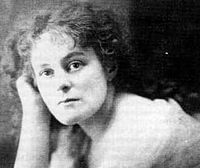 In 1889, Yeats met Maud Gonne, then a 23-year-old English heiress and ardent Irish Nationalist. Gonne was eighteen months younger than Yeats and later claimed she met the poet as a “paint-stained art student.”. Gonne had admired Yeat’s poem “The Isle of Statues” and sought out his acquaintance. Yeats apparently developed an obsessive infatuation with her beauty and outspoken manner, and she had a significant and lasting effect on his poetry and his life thereafter.
In 1889, Yeats met Maud Gonne, then a 23-year-old English heiress and ardent Irish Nationalist. Gonne was eighteen months younger than Yeats and later claimed she met the poet as a “paint-stained art student.”. Gonne had admired Yeat’s poem “The Isle of Statues” and sought out his acquaintance. Yeats apparently developed an obsessive infatuation with her beauty and outspoken manner, and she had a significant and lasting effect on his poetry and his life thereafter.
In later years he admitted, “it seems to me that she [Gonne] brought into my life those days—for as yet I saw only what lay upon the surface—the middle of the tint, a sound as of a Burmese gong, an over-powering tumult that had yet many pleasant secondary notes.” Yeats’s love initially remained unrequited, in part due to his reluctance to participate in her nationalist activism. In 1891, he visited Gonne in Ireland and proposed marriage, but she rejected him. He later admitted that from that point “the troubling of my life began”. Yeats proposed to Gonne three more times: in 1899, 1900 and 1901. She refused each proposal, and in 1903, to his horror, married the Irish nationalist Major John MacBride. There were two main reasons why Yeats was so horrified. To lose his muse to another made him look silly before the public. Yeats naturally hated MacBride and continually sought to deride and demean him both in his letters and his poetry. The second reason Yeats was horrified was linked to the fact of Maud’s conversion to Catholicism, which Yeats despised. He thought his muse would come under the influence of the priests and do their bidding. His only other love affair during this period was with Olivia Shakespear, whom he first met in 1894, and parted from in 1897. Yeats’ friendship with Gonne persisted, and, in Paris, in 1908, they finally consummated their relationship. “The long years of fidelity rewarded at last” was how another of his lovers described the event. Yeats was less sentimental and later remarked that “the tragedy of sexual intercourse is the perpetual virginity of the soul.”. The relationship did not develop into a new phase after their night together, and soon afterwards Gonne wrote to the poet indicating that despite the physical consummation, they could not continue as they had been: “I have prayed so hard to have all earthly desire taken from my love for you and dearest, loving you as I do, I have prayed and I am praying still that the bodily desire for me may be taken from you too.” By January 1909, Gonne was sending Yeats letters praising the advantage given to artists who abstain from sex. Nearly twenty years later, Yeats recalled the night with Gonne in his poem “A Man Young and Old”:
My arms are like the twisted thorn And yet there beauty lay; The first of all the tribe lay there And did such pleasure take; She who had brought great Hector down And put all Troy to wreck.
By 1916, Yeats was 51 years old and determined to marry and produce an heir. John MacBride had been executed by British forces for his role in the 1916 Easter Rising, and Yeats thought that his widow might remarry. His final proposal to Gonne took place in mid-1916. Gonne’s history of revolutionary political activism, as well as a series of personal catastrophes in the previous few years of her life, including chloroform addiction and her troubled marriage to MacBride made her a potentially unsuitable wife so it is possible that Yeats’s last offer was motivated more by a sense of duty than by a genuine desire to marry her. Yeats reportedly proposed in an indifferent manner, with conditions attached, and he both expected and hoped she would turn him down. His thoughts shifted with surprising speed to her daughter. Iseult Gonne was Maud’s second child with Lucien Millevoye, and at the time was twenty-one years old. She had lived a sad life to this point; conceived in the mausoleum of her dead brother as an attempt to reincarnate his short-lived life, for the first few years of her life she was presented as her mother’s adopted niece. At fifteen, she proposed to Yeats. A few months after the poet’s final approach to Maud, he proposed to Iseult, but was rejected.
That September, Yeats proposed to 25-year-old Georgie Hyde-Lees (1892–1968), known as George, whom he had met through Olivia Shakespear. Despite warnings from her friends—”George … you can’t. He must be dead”—Hyde-Lees accepted, and the two were married on 20 October. Their marriage was a success, in spite of the age difference, and in spite of Yeats’s feelings of remorse and regret during their honeymoon. The couple went on to have two children, Anne and Michael. Although in later years he had romantic relationships with other women and possibly affairs, George herself wrote to her husband “When you are dead, people will talk about your love affairs, but I shall say nothing, for I will remember how proud you were.”
At the age of 69 Yeats was ‘rejuvenated’ after he underwent a vasectomy which at the time was thought to increase hormone production. For the last five years of his life Yeats found a new vigour evident from both his poetry and his intimate relations with younger women. During this time, Yeats was involved in a number of romantic affairs with, among others, the poet and actress Margot Ruddock, and the novelist, journalist and sexual radical Ethel Mannin. As in his earlier life, Yeats found erotic adventure conducive to his creative energy, and, despite age and ill-health, he remained a prolific writer. In a letter of 1935, Yeats noted: “I find my present weakness made worse by the strange second puberty the operation has given me, the ferment that has come upon my imagination. If I write poetry it will be unlike anything I have done”.
T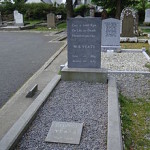 he Final Footprint – Yeats was buried after a discreet and private funeral at Roquebrune-Cap-Martin. He and George had often discussed his death, and his express wish was that he be buried quickly in France with a minimum of fuss. According to George, “His actual words were ‘If I die bury me up there [at Roquebrune] and then in a year’s time when the newspapers have forgotten me, dig me up and plant me in Sligo’.” In September 1948, Yeats’ body was moved to Drumcliff, County Sligo, on the Irish Naval Service corvette LÉ Macha. The person in charge of this operation for the Irish Government was Sean MacBride, Maud’s son, and then Minister of External Affairs. His epitaph is taken from the last lines of “Under Ben Bulben”, one of his final poems:
he Final Footprint – Yeats was buried after a discreet and private funeral at Roquebrune-Cap-Martin. He and George had often discussed his death, and his express wish was that he be buried quickly in France with a minimum of fuss. According to George, “His actual words were ‘If I die bury me up there [at Roquebrune] and then in a year’s time when the newspapers have forgotten me, dig me up and plant me in Sligo’.” In September 1948, Yeats’ body was moved to Drumcliff, County Sligo, on the Irish Naval Service corvette LÉ Macha. The person in charge of this operation for the Irish Government was Sean MacBride, Maud’s son, and then Minister of External Affairs. His epitaph is taken from the last lines of “Under Ben Bulben”, one of his final poems:
Cast a cold Eye On Life, on Death. Horseman, pass by!
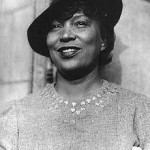 On this day in 1960, folklorist, anthropologist, and author Zora Neale Hurston died at St. Lucie County Welfare Home in St. Lucie, Florida of hypertensive heart disease at the age of 69. Born in Notasulga, Alabama, on 7 January 1891. Of Hurston’s four novels and more than 50 published short stories, plays, and essays, she is perhaps best known for her 1937 novel Their Eyes Were Watching God. Hurston’s work slid into obscurity for decades, for a number of cultural and political reasons. During the 1930s and 1940s when her work was published, the pre-eminent African-American author was Richard Wright. Unlike Hurston, Wright wrote in explicitly political terms using the struggle of African Americans for respect and economic advancement as both the setting and the motivation for his work. Other popular African-American authors of the time, such as Ralph Ellison, dealt with the same concerns as Wright. Hurston’s work, which did not engage these political issues, therefore did not fit in with this struggle. In 1951, for example, Hurston argued that New Deal economic support created a harmful dependency by African Americans on the government, and that this dependency ceded too much power to politicians. In addition, some critics objected to the representation of African-American dialect in Hurston’s novels, given the racially charged history of dialect fiction in American literature. Her stylistic choices in terms of dialogue were influenced by her academic experiences. Thinking like a folklorist, Hurston strove to represent speech patterns of the period which she documented through ethnographic research. For example, a character in Jonah’s Gourd Vine expresses herself in this manner:
On this day in 1960, folklorist, anthropologist, and author Zora Neale Hurston died at St. Lucie County Welfare Home in St. Lucie, Florida of hypertensive heart disease at the age of 69. Born in Notasulga, Alabama, on 7 January 1891. Of Hurston’s four novels and more than 50 published short stories, plays, and essays, she is perhaps best known for her 1937 novel Their Eyes Were Watching God. Hurston’s work slid into obscurity for decades, for a number of cultural and political reasons. During the 1930s and 1940s when her work was published, the pre-eminent African-American author was Richard Wright. Unlike Hurston, Wright wrote in explicitly political terms using the struggle of African Americans for respect and economic advancement as both the setting and the motivation for his work. Other popular African-American authors of the time, such as Ralph Ellison, dealt with the same concerns as Wright. Hurston’s work, which did not engage these political issues, therefore did not fit in with this struggle. In 1951, for example, Hurston argued that New Deal economic support created a harmful dependency by African Americans on the government, and that this dependency ceded too much power to politicians. In addition, some critics objected to the representation of African-American dialect in Hurston’s novels, given the racially charged history of dialect fiction in American literature. Her stylistic choices in terms of dialogue were influenced by her academic experiences. Thinking like a folklorist, Hurston strove to represent speech patterns of the period which she documented through ethnographic research. For example, a character in Jonah’s Gourd Vine expresses herself in this manner:
- “Dat’s a big ole resurrection lie, Ned. Uh slew-foot, drag-leg lie at dat, and Ah dare yuh tuh hit me too. You know Ahm uh fightin’ dawg and mah hide is worth money. Hit me if you dare! Ah’ll wash yo’ tub uh ‘gator guts and dat quick.”
Those who were critical of Hurston classified her use of dialect as a caricature of African-American culture rooted in a racist tradition. One particular criticism came from Wright in his review of Their Eyes Were Watching God:
- … The sensory sweep of her novel carries no theme, no message, no thought. In the main, her novel is not addressed to the Negro, but to a white audience whose chauvinistic tastes she knows how to satisfy. She exploits that phase of Negro life which is “quaint,” the phase which evokes a piteous smile on the lips of the “superior” race.
Perhaps Hurston Hurston should be praised for her skillful use of idiomatic speech. An article, “In Search of Zora Neale Hurston”, by Alice Walker, published in the March 1975 issue of Ms. magazine, revived interest in Hurston’s work. Hurston married Herbert Sheen, a jazz musician and former classmate at Howard who would later become a physician, but the marriage ended in 1931. In 1939 she married Albert Price who was 25 years her junior; this marriage ended after only seven months. 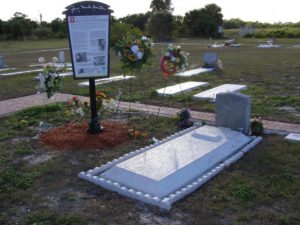
The Final Footprint – Hurston was buried at the Garden of Heavenly Rest in Fort Pierce, Florida. Her remains were in an unmarked grave until 1973, when Walker and literary scholar Charlotte Hunt found an unmarked grave in the general area where Hurston had been buried and decided to mark it as hers.
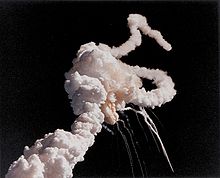 On this day in 1986, the Space Shuttle Challenger broke apart 73 seconds into its flight leading to the deaths of all seven crew members;
On this day in 1986, the Space Shuttle Challenger broke apart 73 seconds into its flight leading to the deaths of all seven crew members;  Michael J. Smith, Dick Scobee, Ronald McNair, Ellison Onizuka, Christa McAuliffe, Gregory Jarvis, Judith Resnick. That night, President Ronald Reagan had been scheduled to give his annual State of the Union address. He initially announced that the address would go on as scheduled, but then postponed the State of the Union address and instead gave a national address on the Challenger disaster from the Oval Office of the White House. It was written by Peggy Noonan, and finished with the following statement, which quoted from the poem “High Flight” by John Gillespie Magee, Jr.:
Michael J. Smith, Dick Scobee, Ronald McNair, Ellison Onizuka, Christa McAuliffe, Gregory Jarvis, Judith Resnick. That night, President Ronald Reagan had been scheduled to give his annual State of the Union address. He initially announced that the address would go on as scheduled, but then postponed the State of the Union address and instead gave a national address on the Challenger disaster from the Oval Office of the White House. It was written by Peggy Noonan, and finished with the following statement, which quoted from the poem “High Flight” by John Gillespie Magee, Jr.:
| “ | We will never forget them, nor the last time we saw them, this morning, as they prepared for their journey and waved goodbye and ‘slipped the surly bonds of Earth’ to ‘touch the face of God.’ | ” |
Three days later, President Reagan with his wife Nancy traveled to the Johnson Space Center to speak at a memorial service honoring the astronauts where he stated
| “ | Sometimes, when we reach for the stars, we fall short. But we must pick ourselves up again and press on despite the pain. | ” |
It was attended by 6,000 NASA employees and 4,000 guests, as well as by the families of the crew. During the ceremony, an Air Force band led the singing of “God Bless America” as NASA T-38 Talon jets flew directly over the scene, in the traditional missing-man formation. On the day of the accident, I met the woman who would be the mother of one of my daughters, who would be born exactly four years later.

Challenger Memorial on the left, Columbia Memorial on the right, the middle memorial is for service men killed trying to rescue the hostages in Iran
The Final Footprint – The remains of the crew that were identifiable were returned to their families on April 29, 1986. Three of the crew members, Judith Resnik, Dick Scobee, and Capt. Michael J. Smith, were buried by their families at Arlington National Cemetery at individual grave sites. Mission Specialist Lt Col Ellison Onizuka was buried at the National Memorial Cemetery of the Pacific in Honolulu, Hawaii. Ronald McNair was buried in Rest Lawn Memorial Park in Lake City, South Carolina. Christa McAuliffe was buried at Calvary Cemetery in her hometown of Concord, New Hampshire. Gregory Jarvis was cremated, and his ashes scattered in the Pacific Ocean. Unidentified crew remains were buried communally at the Space Shuttle Challenger Memorial in Arlington on May 20, 1986. The plaque on the memorial reads; IN GRATEFUL AND LOVING TRIBUTE TO THE BRAVE CREW OF THE SPACE SHUTTLE CHALLENGER 28 JANUARY 1986. The memorial is near the memorial for the crew of the Space Shuttle Columbia. Other notable Final Footprints at Arlington include; the Space Shuttle Columbia, Medgar Evers, JFK, Jacqueline Bouvier Kennedy Onassis, RFK, Edward Kennedy, Lee Marvin, Audie Murphy and Malcolm Kilduff, Jr.
#RIP #OTD in 2021 actress (Sounder, The Autobiography of Miss Jane Pittman, The Help, The Trip to Bountiful) Cicely Tyson died in New York City, aged 96. Woodlawn Cemetery, the Bronx near the grave of her former husband Miles Davis
Have you planned yours yet?
Follow TFF on twitter @RIPTFF

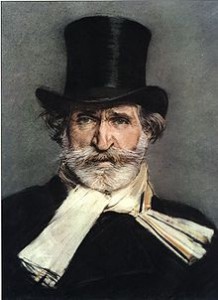
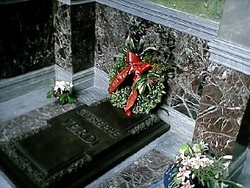
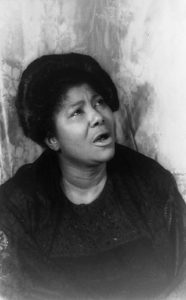


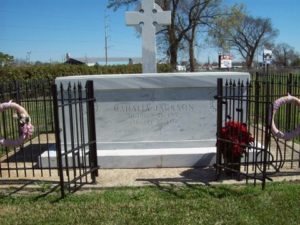
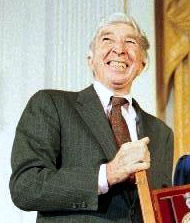
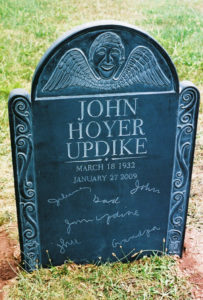
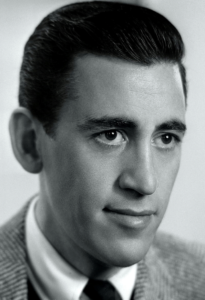


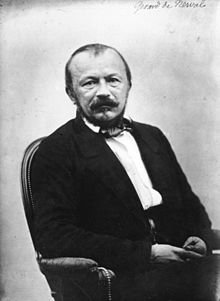 On this day in 1855, French writer, poet, essayist and translator Gérard de Nerval died by hanging himself from a sewer grating in the Rue de la vieille-lanterne, a narrow lane in the fourth arrondissement of Paris, at the age of 46. Born Gérard Labrunie in Paris on 22 May 1808. He was a major figure of French romanticism who worked in many genres. He is best known for his poems and novellas, especially the collection Les Filles du feu (The Daughters of Fire), which includes the novella Sylvie and the poem El Desdichado.
On this day in 1855, French writer, poet, essayist and translator Gérard de Nerval died by hanging himself from a sewer grating in the Rue de la vieille-lanterne, a narrow lane in the fourth arrondissement of Paris, at the age of 46. Born Gérard Labrunie in Paris on 22 May 1808. He was a major figure of French romanticism who worked in many genres. He is best known for his poems and novellas, especially the collection Les Filles du feu (The Daughters of Fire), which includes the novella Sylvie and the poem El Desdichado.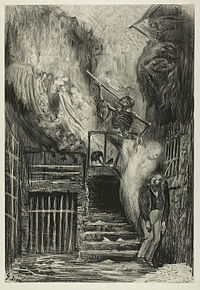
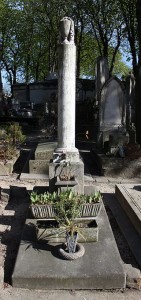
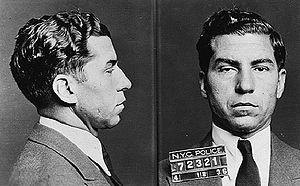
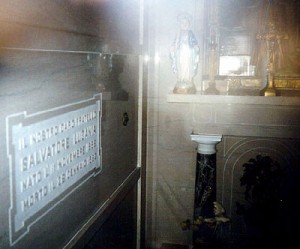

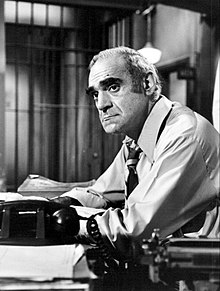

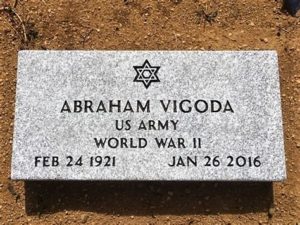


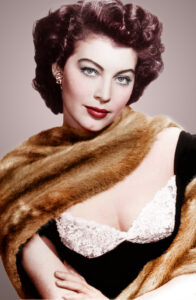 On this day in 1990, Oscar nominated actess, Ava Gardner, died from pneumonia, in her London home at the age of 67. Born Ava Lavinia Gardner on 24 December 1922 in Grabtown, North Carolina. Her Academy Award for Best Actress nomination was for her work in Mogambo (1953). Gardner appeared in several high-profile films from the 1950s to 1970s, including; Show Boat (1951), The Snows of Kilimanjaro (1952), The Barefoot Contessa (1954), The Sun Also Rises (1957), On the Beach (1959), The Night of the Iguana (1964), Earthquake (1974), and The Cassandra Crossing (1976). She was married three times; Mickey Rooney (1942 – 1943 divorce), Artie Shaw (1945 – 1946 divorce) and Frank Sinatra (1951 – 1957 divorce). Gardner would later say in her autobiography that of all the men she had had, Sinatra was the love of her life. Sinatra left his wife, Nancy, for Ava and their subsequent marriage made headlines and Sinatra was savaged by gossip columnists, the Hollywood establishment, the Roman Catholic Church, and by his fans. Sinatra’s career was suffering while hers was prospering. Reportedly, Gardner used her considerable clout to get Sinatra cast in his Oscar-winning role in From Here to Eternity (1953). That role and the award revitalized both Sinatra’s acting and singing careers. They reportedly remained friends after the divorce. Gardner had other famous friendships; Howard Hughes and Ernest Hemingway.
On this day in 1990, Oscar nominated actess, Ava Gardner, died from pneumonia, in her London home at the age of 67. Born Ava Lavinia Gardner on 24 December 1922 in Grabtown, North Carolina. Her Academy Award for Best Actress nomination was for her work in Mogambo (1953). Gardner appeared in several high-profile films from the 1950s to 1970s, including; Show Boat (1951), The Snows of Kilimanjaro (1952), The Barefoot Contessa (1954), The Sun Also Rises (1957), On the Beach (1959), The Night of the Iguana (1964), Earthquake (1974), and The Cassandra Crossing (1976). She was married three times; Mickey Rooney (1942 – 1943 divorce), Artie Shaw (1945 – 1946 divorce) and Frank Sinatra (1951 – 1957 divorce). Gardner would later say in her autobiography that of all the men she had had, Sinatra was the love of her life. Sinatra left his wife, Nancy, for Ava and their subsequent marriage made headlines and Sinatra was savaged by gossip columnists, the Hollywood establishment, the Roman Catholic Church, and by his fans. Sinatra’s career was suffering while hers was prospering. Reportedly, Gardner used her considerable clout to get Sinatra cast in his Oscar-winning role in From Here to Eternity (1953). That role and the award revitalized both Sinatra’s acting and singing careers. They reportedly remained friends after the divorce. Gardner had other famous friendships; Howard Hughes and Ernest Hemingway. 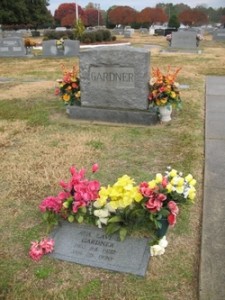
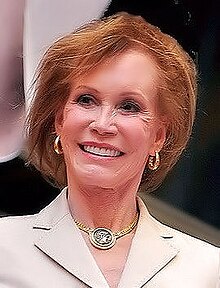




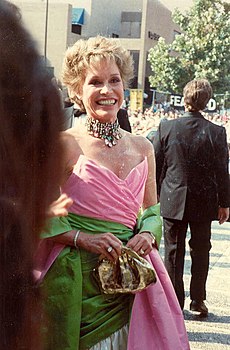
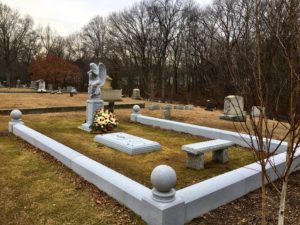

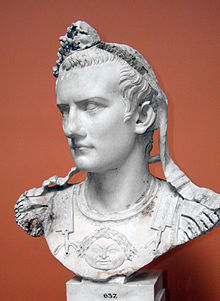

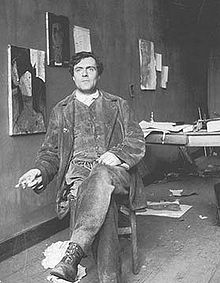 On this day in 1920, painter and sculptor Amedeo Modigliani died of tubercular meningitis at the Hôpital de la Charité in Paris at the age of 35. Born Amadeo Clemente Modigliani on 12 July 1884 in Livorno, Italy. Modigliani worked mainly in France and is known for portraits and nudes in a modern style characterized by elongation of faces and figures, that were not received well during his lifetime, but later found acceptance. Modigliani spent his youth in Italy, where he studied the art of antiquity and the Renaissance, until he moved to Paris in 1906.
On this day in 1920, painter and sculptor Amedeo Modigliani died of tubercular meningitis at the Hôpital de la Charité in Paris at the age of 35. Born Amadeo Clemente Modigliani on 12 July 1884 in Livorno, Italy. Modigliani worked mainly in France and is known for portraits and nudes in a modern style characterized by elongation of faces and figures, that were not received well during his lifetime, but later found acceptance. Modigliani spent his youth in Italy, where he studied the art of antiquity and the Renaissance, until he moved to Paris in 1906. 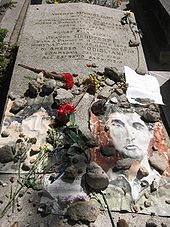
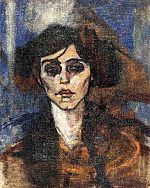








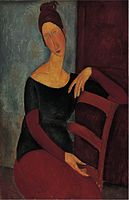

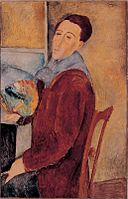


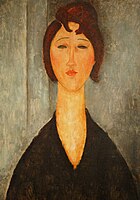

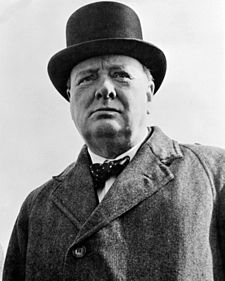
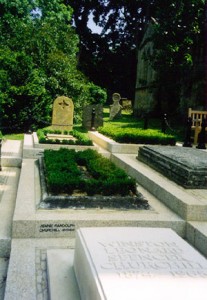
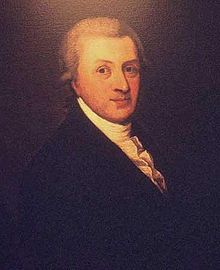
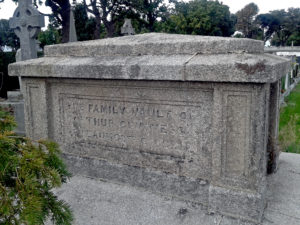
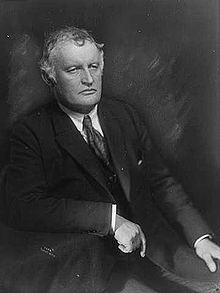
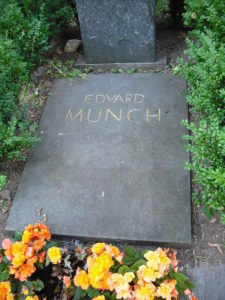









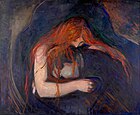



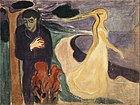

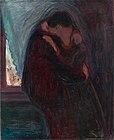







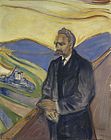















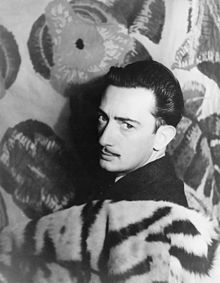
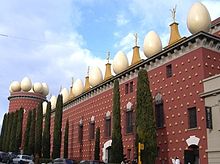






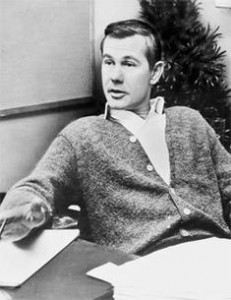
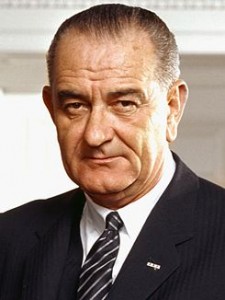 How ironic: Johnson and the Kennedys, inextricably linked in life. And linked in death.
How ironic: Johnson and the Kennedys, inextricably linked in life. And linked in death.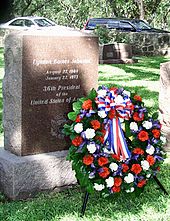
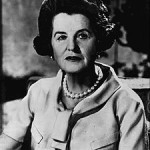 On this day in 1995, American philanthropist, the wife of Joseph P. Kennedy, and the mother of nine children, among them United States President John F. Kennedy, United States Senator Robert F. Kennedy, and United States Senator Edward Moore “Ted” Kennedy, Countess (title granted by Pope Pius XII), Rose Kennedy died from complications from pneumonia at the age of 104 in Hyannis, Massachusetts. Born Rose Elizabeth Fitzgerald on 22 July 1890 in the North End neighborhood of Boston.
On this day in 1995, American philanthropist, the wife of Joseph P. Kennedy, and the mother of nine children, among them United States President John F. Kennedy, United States Senator Robert F. Kennedy, and United States Senator Edward Moore “Ted” Kennedy, Countess (title granted by Pope Pius XII), Rose Kennedy died from complications from pneumonia at the age of 104 in Hyannis, Massachusetts. Born Rose Elizabeth Fitzgerald on 22 July 1890 in the North End neighborhood of Boston. 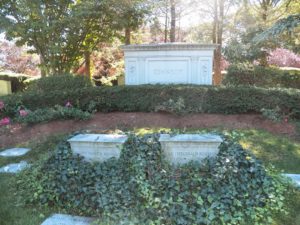



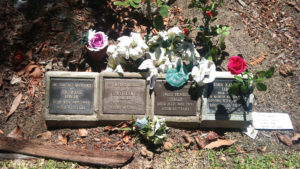



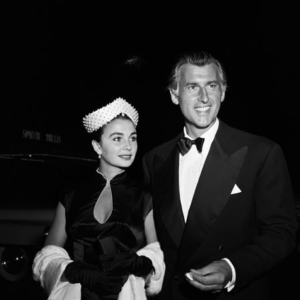
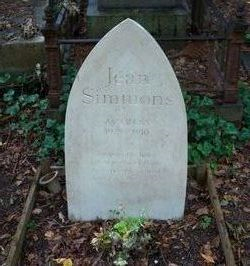
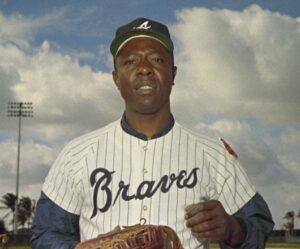
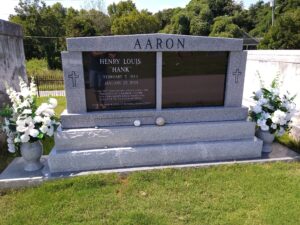
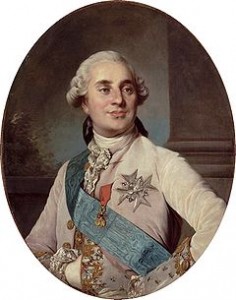
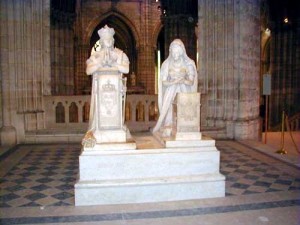
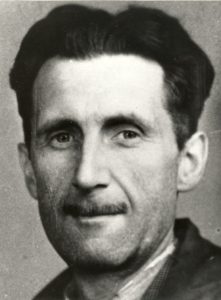
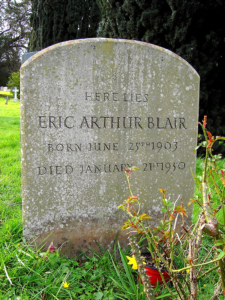
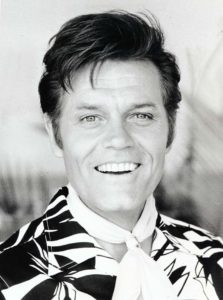
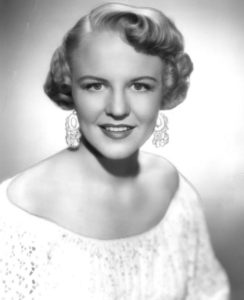 On this day in 2002, jazz and popular music singer, songwriter, composer, and actress Peggy Lee died of complications from diabetes and a heart attack in Bel Air, Los Angeles, at the age of 81. Born Norma Deloris Egstrom on May 26, 1920 in Jamestown, North Dakota. Her career spanned six decades. From her beginning as a vocalist on local radio to singing with Benny Goodman‘s big band, she forged a sophisticated persona, evolving into a multi-faceted artist and performer. During her career, she wrote music for films, acted, and recorded conceptual record albums that combined poetry and music. Lee was nominated for twelve Grammy Awards, winning Best Contemporary Vocal Performance for her 1969 hit “Is That All There Is?” In 1995 she was given the Grammy Lifetime Achievement Award.
On this day in 2002, jazz and popular music singer, songwriter, composer, and actress Peggy Lee died of complications from diabetes and a heart attack in Bel Air, Los Angeles, at the age of 81. Born Norma Deloris Egstrom on May 26, 1920 in Jamestown, North Dakota. Her career spanned six decades. From her beginning as a vocalist on local radio to singing with Benny Goodman‘s big band, she forged a sophisticated persona, evolving into a multi-faceted artist and performer. During her career, she wrote music for films, acted, and recorded conceptual record albums that combined poetry and music. Lee was nominated for twelve Grammy Awards, winning Best Contemporary Vocal Performance for her 1969 hit “Is That All There Is?” In 1995 she was given the Grammy Lifetime Achievement Award.
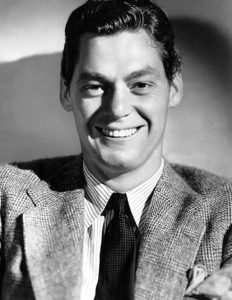

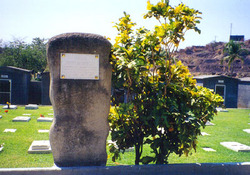 The Final Footprint
The Final Footprint